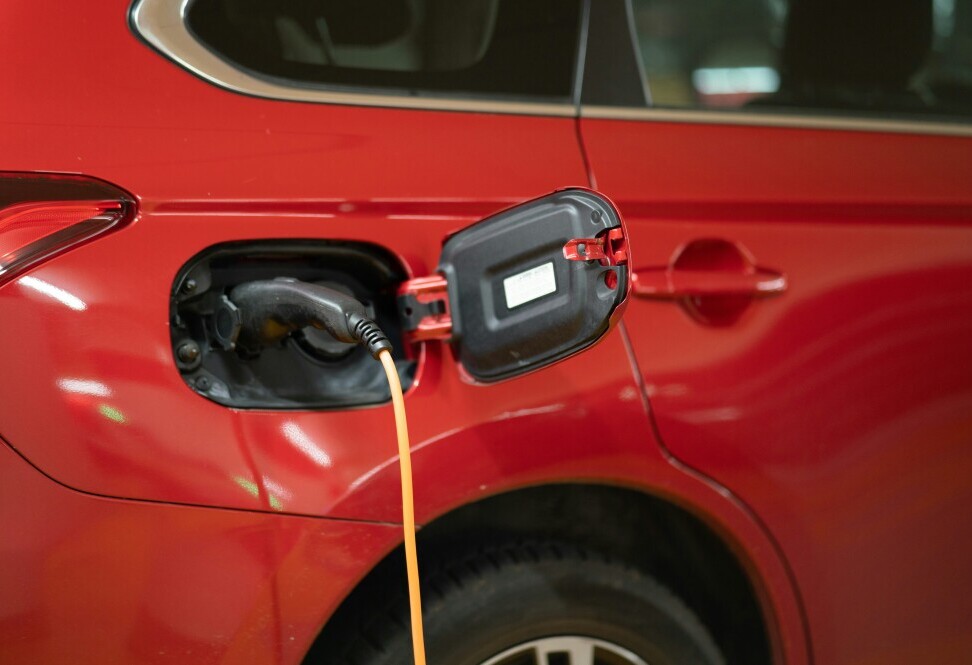Electric vehicles (EVs) have sparked interest worldwide, but Europe seems to be lagging. Despite bold climate goals, the adoption rate remains sluggish. Understanding this landscape is crucial for both consumers and industry players.
What are the plans for CO2 reduction, and what is the situation on the market?
Market data shows that consumers are hesitant about switching to EVs. Affordability, range anxiety, and slow infrastructure development are significant hurdles. For instance, the higher cost of EVs compared to traditional vehicles pushes potential buyers away. On top of that, many worry whether EVs can handle long trips without frequent charging stops.
The European market stands in stark contrast to places like China and North America, where EV adoption is more robust. In China, substantial government incentives and extensive charging networks have propelled EV sales. North America’s emphasis on eco-friendly alternatives has also seen promising results.
Consumer perceptions play a significant role too. Many Europeans still see EVs as a luxury rather than a practical choice. Concerns about battery life and resale value make people wary. It’s vital for consumers to receive transparent information regarding the long-term benefits and cost savings of EV ownership.
Addressing these issues isn’t just up to the manufacturers. Policymakers, local governments, and businesses need to collaborate on providing better incentives and improving charging infrastructure. This collaboration can build consumer confidence and make EVs a more attractive option for everyday use.
Implications of Stricter CO2 Emission Regulations for Automakers
The European Union has set ambitious CO2 emission targets for automakers, and 2024 brings even tougher standards. Automakers must reduce emissions from 116 grams to 94 grams per kilometer. Falling short could mean hefty fines and production cuts.
Automakers are facing a daunting challenge. Failing to meet these targets could result in penalties amounting to billions of euros. The CEO of Renault has sounded the alarm, warning that if europian sales don’t pick up, the industry could face fines or drastic reductions in vehicle production, potentially over 2.5 million vehicles.
The Europe isn’t just throwing around empty threats. Overstepping the maximum CO2 levels leads to fines of 95 euros per excess gram per kilometer, multiplied by the number of vehicles sold. For large manufacturers, these fines could reach hundreds of millions of euros, putting enormous financial strain on the industry.
The adoption rate of EVs needs a significant boost to meet these tough CO2 targets. Luca de Meo, the head of both Renault and the European Automobile Manufacturers Association (ACEA), stressed that the current pace of EV adoption is only half of what’s needed to avoid penalties.
This situation isn’t just about meeting future goals set for 2035. It’s a pressing issue for 2024 and beyond. Automakers must act now. The entire industry needs to ramp up efforts in producing and promoting EVs to consumers. Without immediate and effective action, the financial consequences will be severe.
Strategies for Boosting Electric Vehicle Adoption in Europe
Switching gears to electrification requires a blend of strategic incentives, infrastructure improvements, and tech innovations. Each stakeholder has a role to play in accelerating EV adoption.
Governments can make a big difference by offering incentives and subsidies. Financial perks like tax breaks and rebates can make Electric vehicles are more affordable for the average consumer. Experience from other regions shows that these measures work. Policy makers should prioritize these to make electric vehicles a financially viable option for more people.
Infrastructure is another key area. Expanding charging networks is crucial for alleviating range anxiety. Building an extensive and reliable network of charging stations can convince hesitant buyers. Local governments and private sectors should work together to invest in this infrastructure. Quick and accessible charging solutions can transform the convenience of using electric vehicles.
Technological advancements also play a significant role. Battery technology is improving, leading to longer-lasting and quicker-charging batteries. As these technologies become more accessible, they can address some consumers’ concerns about range and reliability. Automakers must continue investing in R&D to enhance these attributes.
Cooperation between governments, manufacturers, and businesses can accelerate the transition. Public-private partnerships can fund infrastructure projects and promote educational campaigns. Highlighting the environmental and long-term financial benefits can shift public perception and encourage more people to make the switch.
Successful case studies from other regions, like California’s widespread EV adoption, can be a blueprint. Initiatives involving substantial incentives, investments in charging networks, and public awareness campaigns have proven effective. Europe can replicate similar models, customized to its unique context, to achieve the desired results.



